Norway is praised by many of its visitors as a top-tier destination with jaw-dropping fjords, mountains, and lakes, wonderful museums showcasing its Viking heritage, and the contributions to world culture made by artists, writers and musicians, like Edvard Munch, Gustav Vigeland, Henrik Ibsen and Edvard Grieg.
Many tourists leave the country with fond memories of their holiday in the Nordic kingdom. But not everyone.
A scroll through some of the reviews on the travel website TripAdvisor suggests that many of the popular tourist spots across the country are not to everyone’s tastes. Here are some of the harshest (and potentially funniest) comments.

Pulpit Rock
For most tourists, the light hike up to the 604m high Pulpit Rock is an enjoyable trip rewarded by magical views from the rock platform down onto the Lysefjorden.
But the visitors below saw things differently.
“You have to share it with thousands of people, so many people in fact that it resembles Oxford Street on a Christmas shopping weekend,” moaned Thomas, from the UK, rueing the “piles of human excrement” and “constant hum of drones”.
“Shut it down!” demanded Aluk from Azerbaijan. “I cannot imagine that anyone could enjoy a human touristic queue that reaches from the parking lot right up to the Pulpit Rock.”
Ed from San Jose in the US was not even that impressed by the view. “Unless you are a daredevil and lean over edges, the view off the cliff is not that great,” he said. “I think people do it because of Pinterest photos.”
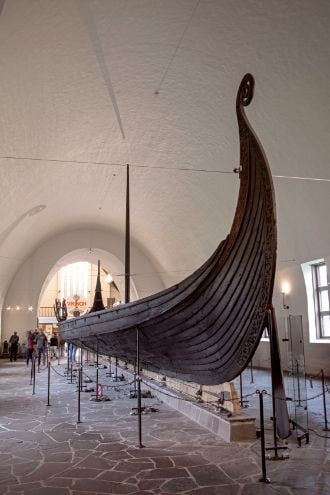
The Viking Ship Museum
The Viking Ship museum, which showcases the Oseberg Ship, the Gokstad Ship, and the Tune Ship, three Viking ships unearthed from burial mounds, is closed for renovation and will reopen between 2026 and 2027 in a new building as the Museum of the Viking Age.
These ships are the best preserved Viking ships in the world, with Gokstad and Oseberg, both built in the 9th century, almost entirely intact.
But for Ray, from Bristol in the UK, who visited before the old museum closed, it was “a let down” and “in actual fact it’s just an exhibit of a few ships that were dug up”.
“You are essentially just looking at a massive wooden row[ing] boat,” agreed the similarly underwhelmed LilMapleMami from Calgary, Canada.
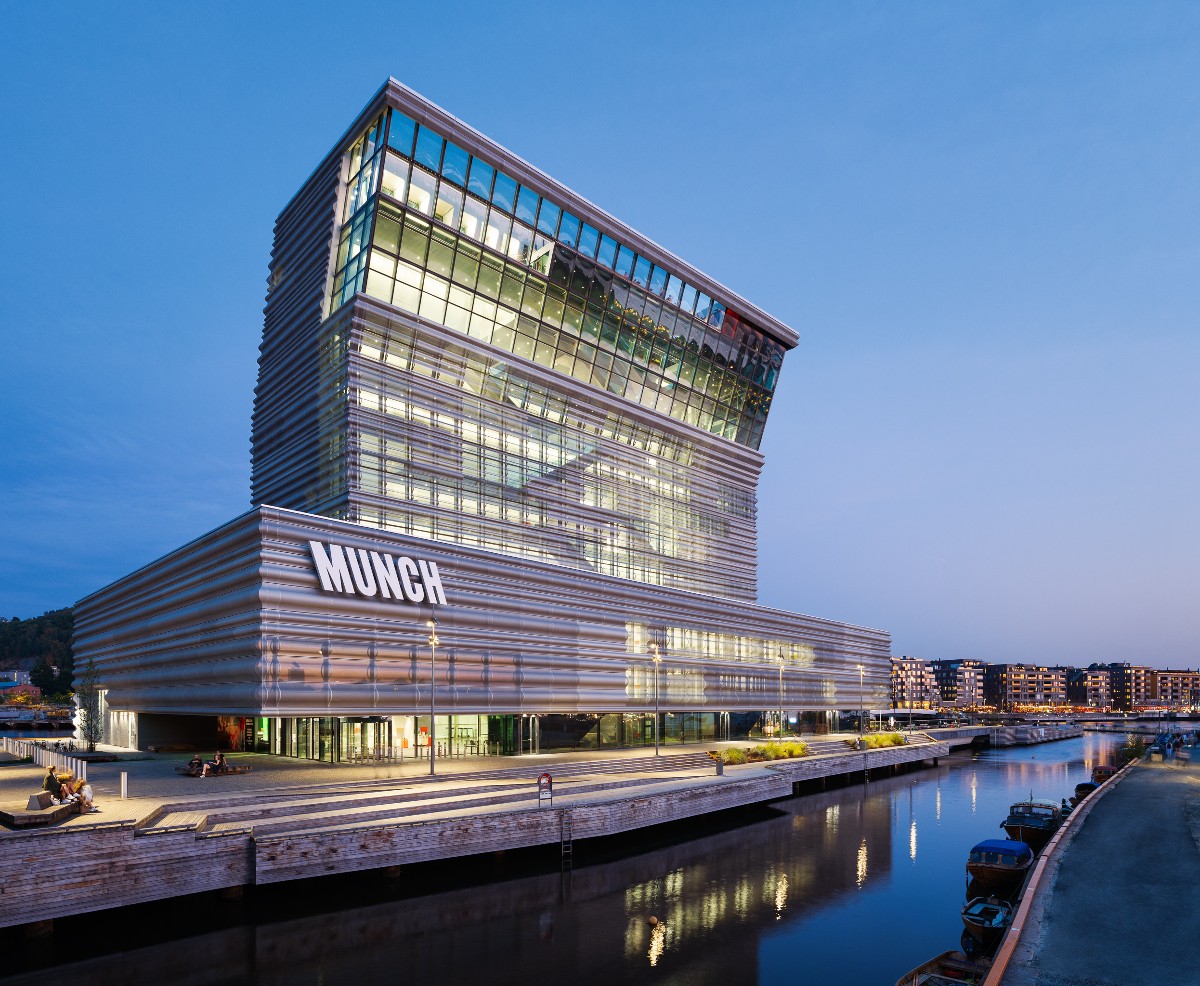
The Munch Museum
The Munch Museum reopened in its new building, designed by the star Spanish architect Juan Herreros, in October 2021. There have been rave reviews.
But not all users of TripAdvisor were similarly impressed, with Matt, from London, likening the new building to “an airport control tower” and Mcdl_82 from Oslo calling it “a monstrosity” which “taints the whole landscape”.
The Fram Museum
The Fram Museum, on the Bygdøy peninsular in west Oslo, is centred on Fram, the ship that the Norwegian Arctic Explorer Fridtjof Nansen used for his expedition to reach the North Pole. The museum has another building containing Gjøa, the first vessel to transit the Northwest Passage, and exhibitions on other explorers, like Roald Amundsen and Otto Sverdrup.
But some are not inspired by its displays of Polar adventure.
“If this is the ‘Greatest Museum in Norway’, then I would hate to see the other ones,” complained Lauren J. “To me, it was really lacklustre and boring.”
LauraSanengen from Oslo went so far as to condemn the museum as “the worst place ever”.
“Honestly, I’m surprised more people don’t comment on the smell,” added KZPNicole from San Francisco.
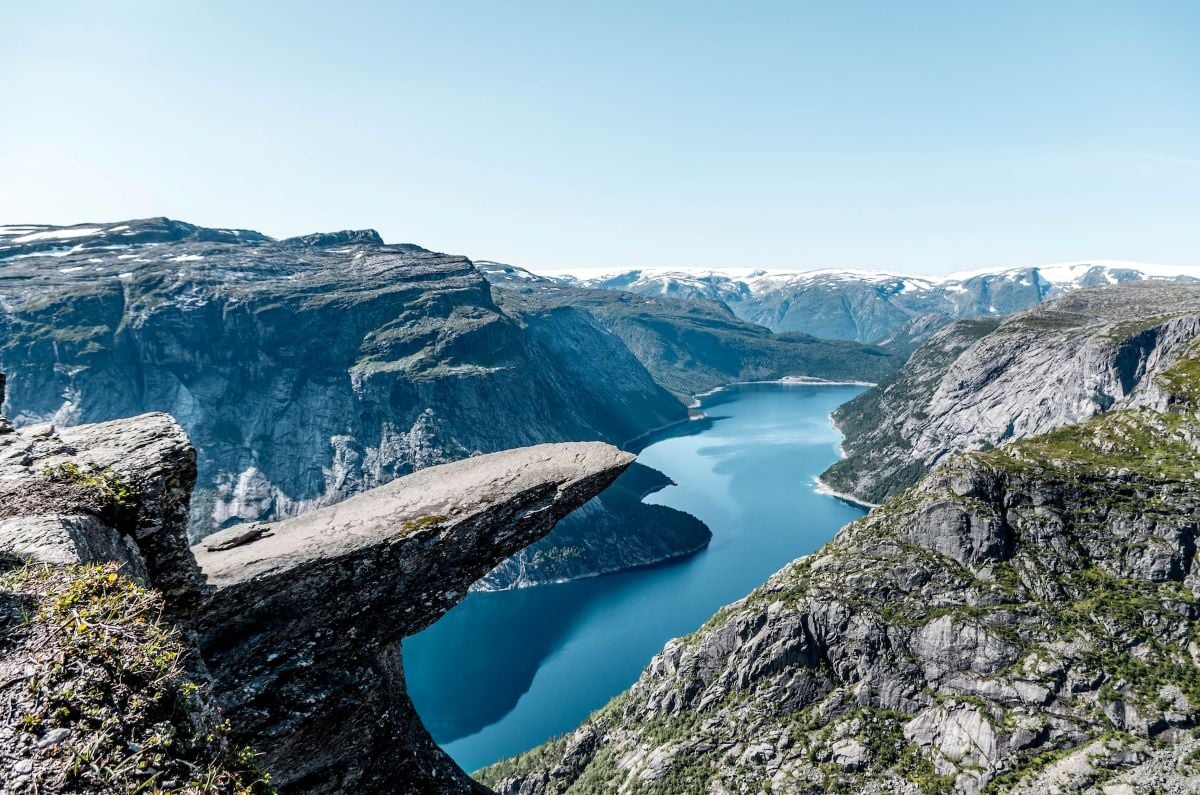
Trolltunga
The Trolltunga or Troll’s Tongue promontory, which juts out 700m above the Ringedalsvatnet lake about 190km from Bergen, is another hike some Tripadvisor reviewers felt was marred by over-tourism.
Emils208 from Idaho in the US described it as “a giant garbage can for the world”.
“Toilet paper, orange peels, banana peels, wrappers of all kinds, plastic water bottles, sandwich bags, old food, you name it. Heck, there was even a maxi pad in the bottom of a pool of water. Is nothing sacred?”
Thomas complained that the site was “insanely crowded” and that “the atmosphere was like a music festival”, with “a steady stream of people with drones and music blasting from portable speakers”.
The Polar Museum
The Polar Museum in Tromsø gets overwhelmingly good reviews and is one of the most popular attractions in Norway’s most northerly major city.
But for some visitors, the exhibitions on seal-hunting and whaling were too much, with the Tripadvisor user Vax complaining that “deaths of seals and polar bears are all around this museum – terrible pictures with tens of bears frozen and dead.”
Julia from Long Island, New York, called it “a rundown little place with a surly staff”, which is “full of dead stuffed animals and dioramas that depict (some in quite gruesome detail) the slaughter of seals, polar bears and other arctic wildlife”.
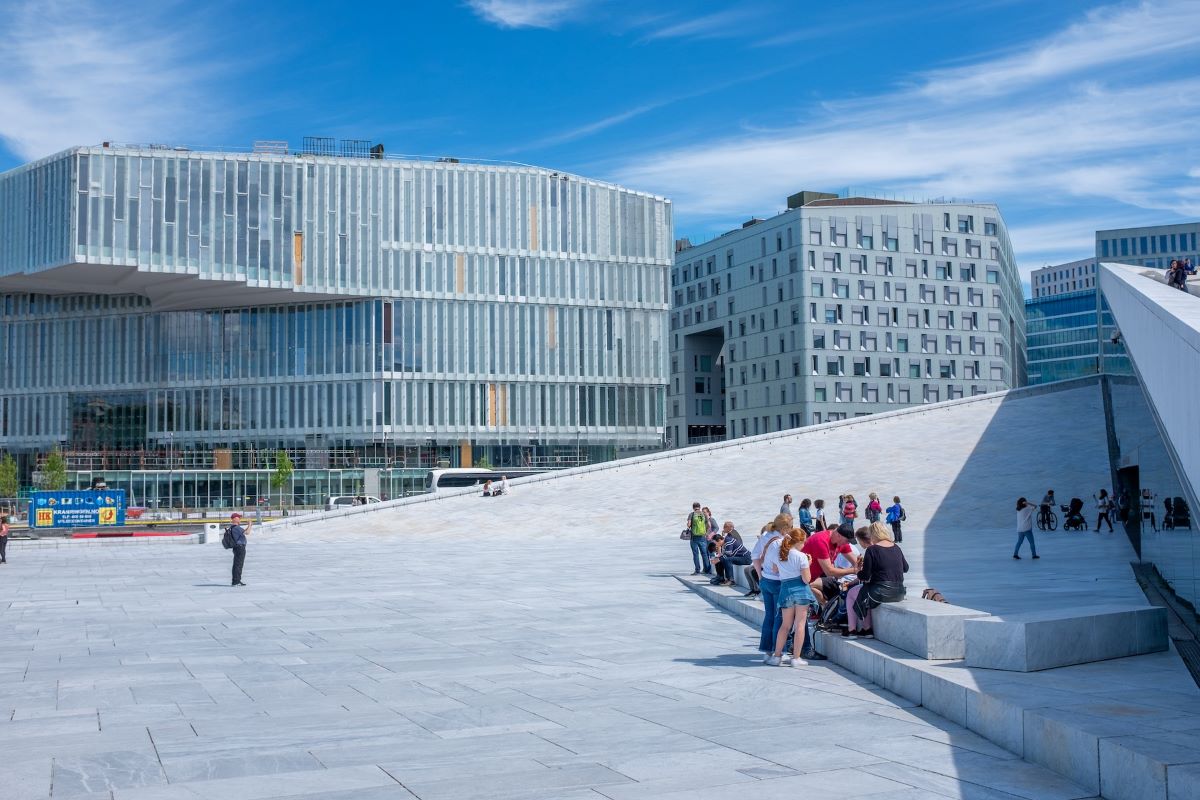
The Norwegian National Opera and Ballet
Most visitors to Oslo pay a visit to the opera house just to walk on its marble roof and get a view over the Oslofjord. But, not all Tripadvisor reviewers appreciated the architecture.
For Darren Bailes, from Newcastle in the UK, it was “utterly underwhelming” and a “bland, uninspiring design with ugly views”.
Aniruddha from Kolkata, meanwhile, said that the building was worth no more than 10 minutes as there was “hardly anything worth seeing”.
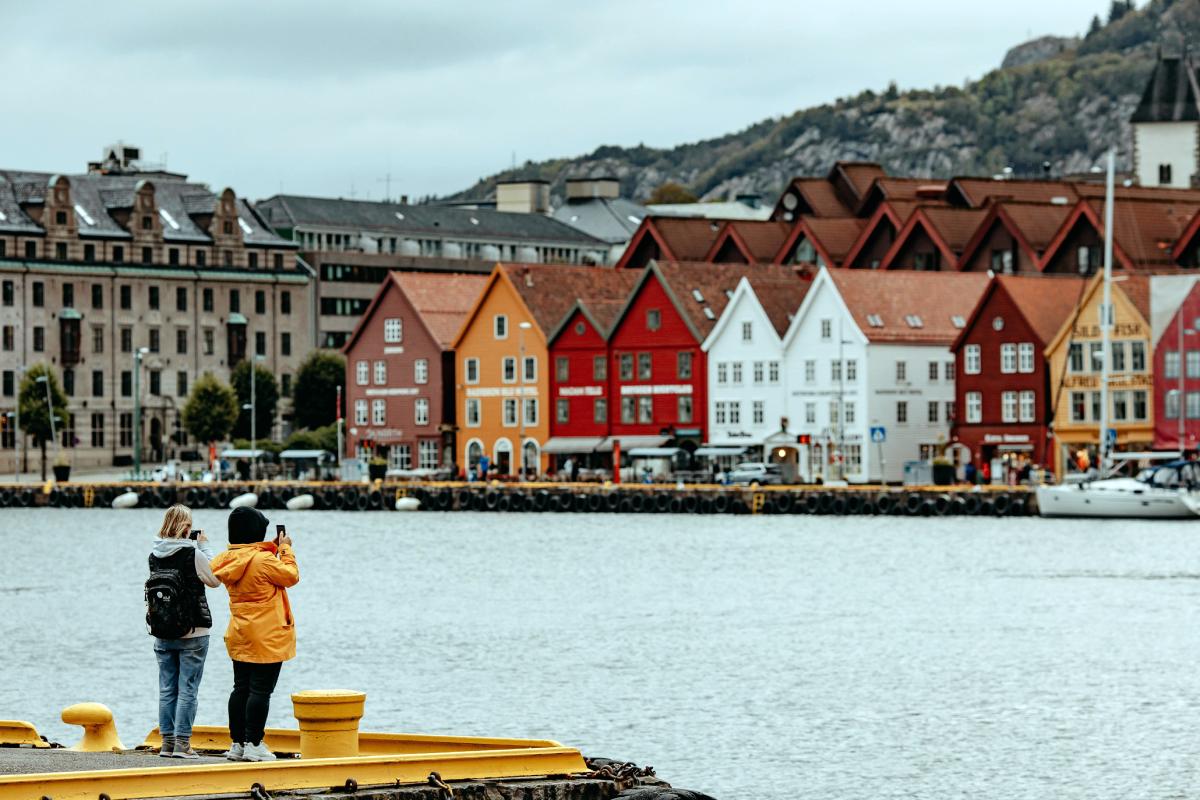
Bryggen Hanseatic Wharf
The old Hanseatic era waterfront in Norway’s second city, Bergen, is described by Unesco as “unequalled in the world”, with many of its wooden buildings and warehouses dating back to the medieval period and St. Mary’s Church believed to be Norway’s oldest building.
But many visitors failed to be caught up in the area’s spell.
“It feels fake, like Disney made it,” moaned Janey b from Fareham in the UK. “The place is crawling with tourists.”
Tim from Usk, also in the UK, complained of the “junky souvenir hawkers.”
“You can spend an hour walking around,” summed up Liz from Michigan, “but it’s not a pleasant hour.”
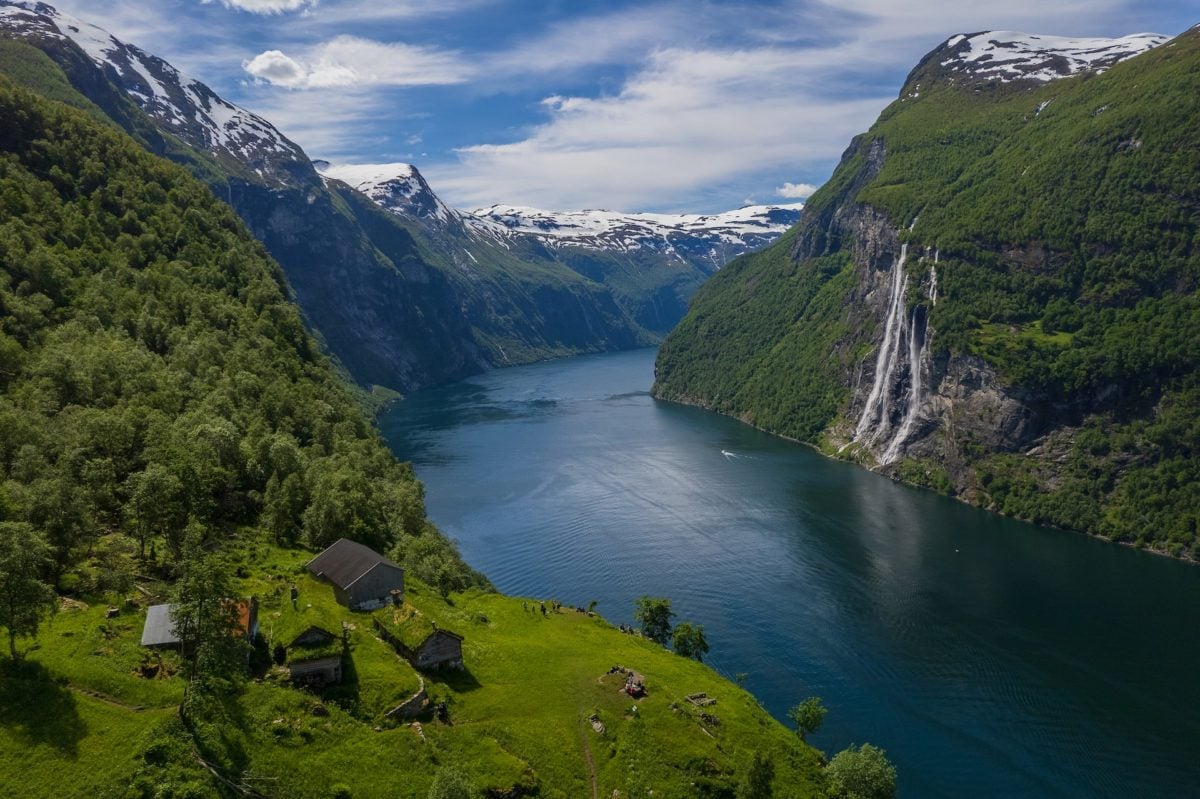
Geirangerfjord
The Geirangerfjord, another Unesco World Heritage Site, is the Norwegian fjord that draws the most visitors.
Not everyone, however, felt able to enjoy the beauty, with Tedb from Bristol in the UK complaining of exhaust fumes from cruise ships.
“These fumes often fill the lower half of the fjord with a smog that spoils the view and that you can smell and taste,” he grumbled.
“This is a sacrificial fjord,” agreed HyddaMedras from Brecon in the UK, complaining of the “grey-blue smog”. “Send the tourists to this one and then go explore the other equally beautiful remote areas Norway has to offer.”

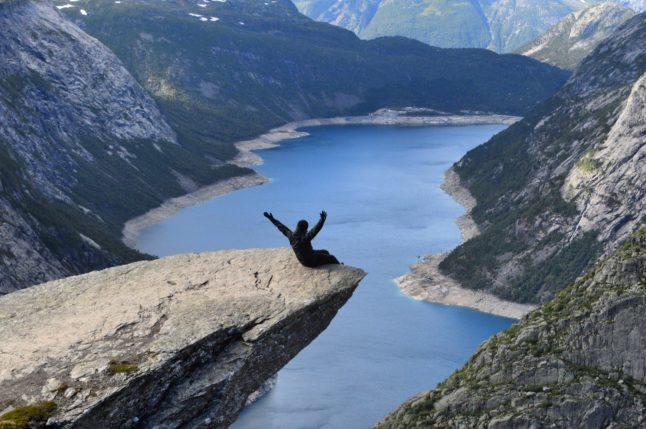
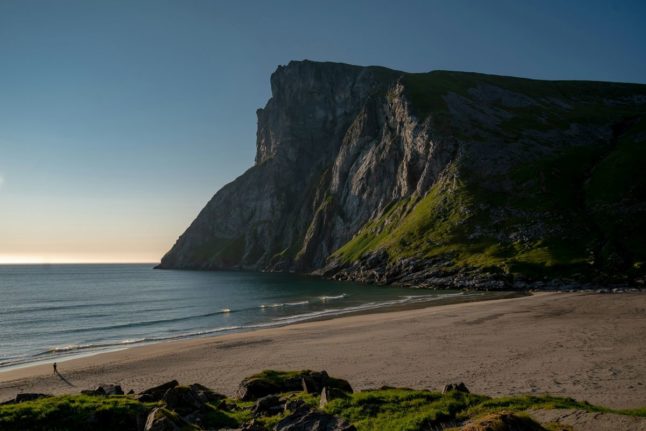
 Please whitelist us to continue reading.
Please whitelist us to continue reading.
Member comments